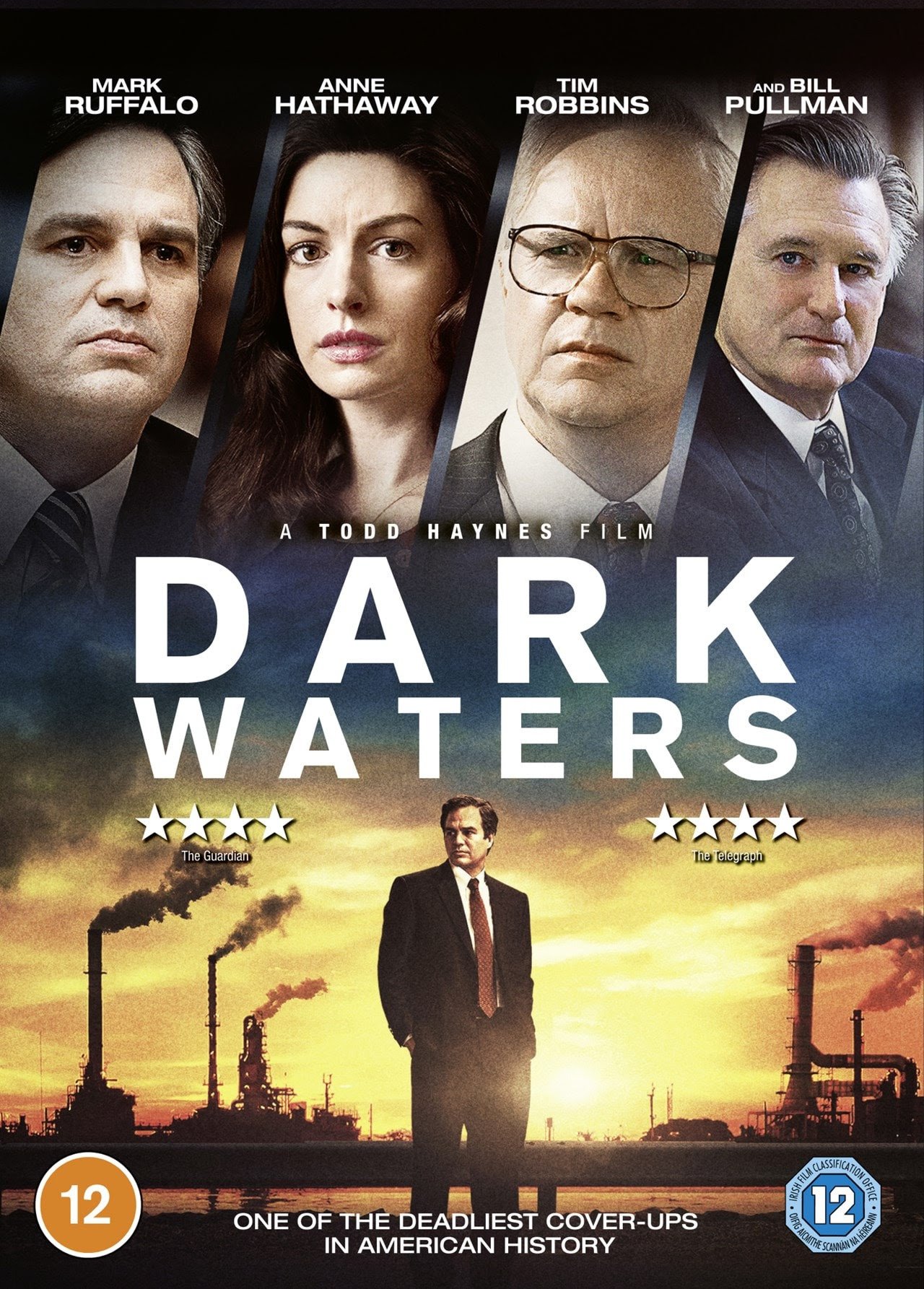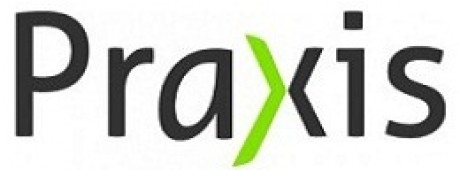The 2019 film "Dark Waters" takes us on an investigative journey, plunging deep into the harrowing "Forever Chemicals" crisis of the DuPont Teflon. Initiated by a simple frying pan, leading into a calamitous nightmare, this is not a fictional thriller but a chilling echo from reality. DuPont, a global giant in the chemical industry, faced catastrophic backlash due to Teflon's controversial production procedures. As PR professionals, it's essential to dissect and understand this incident to learn critical insights on navigating through such crises effectively.
Most of us are likely familiar with, and may even use, Teflon pans. At one point, these pans were widely adopted in households due to their innovative non-stick surfaces and rust-prevention iron cookware. DuPont, a giant chemical company established in 1802, gained significant recognition for its successful Teflon products. However, the film "Dark Waters" unravels the narrative of the Teflon crisis, revealing an environmental catastrophe and health-related issues. Let's take a closer look at how things went south and the PR fiasco that unfolded.
DuPont's claim to fame, Teflon, had a dark story – in the process of manufacturing Teflon, DuPont has used toxic chemicals, particularly the Perfluorooctanoic Acid (PFOA) or also known as the C-8 which has been disposed of into the local water supply in Parkersburg, West Virginia since the 1950s. It was proven that PFOA has harmed local animals in the environment and also proved to become toxic to humans. The water samples in the Ohio River showed toxicity levels eight times higher than normal. The toxic water was also used for the drinking water supplies of residents in Ohio and West Virginia. By 1989, many of the DuPont workers were diagnosed with cancer and leukemia, which was suspected to be caused by the C-8 chemicals used in Teflon.
Since the 1960s, DuPont was highly aware that Perfluorooctanoic Acid was toxic in animals, they were also aware that there were high concentrations of the C-8 in the blood of its factory employees. DuPont scientists were even well informed about the cancerous tumors from the C-8 exposure. Although this scandal was mainly caused by the occurrence of illegal activities in its internal company, the crisis was also partially sourced from health diseases and environmental destruction that happened following the use of unauthorized chemicals.
An environmental lawyer, Rob Billot, bravely took up the cause initiated by former DuPont worker Wilbur Tennant of Parkersburg, W.Va. Tennant, witnessing that cows on his farms were dying rapidly and believed that the DuPont company was responsible. Tennant claimed that he had initially attempted to seek help, but that DuPont was too powerful because they basically owned the entire town. Rob Billot was the first person who fought for this case for around 20 years and started to gain attention from the global public.
Despite the fact that DuPont struck a settlement with the EPA (Environmental Protection Agency), they never admit liability. DuPont has proceeded to deny its malpractice for decades. Case after case, they've disputed the toxicity of PFOA, denied their understanding of the matter, and denied wrongdoing. The PR team only acknowledged the existence of the crisis but refused to give a full explanation and a truthful clarification about the issue, only justifications. In 1984, for instance, DuPont’s PR team drafted the first of many standby press releases, which stated that they were only discharging “small quantities of C-8” to the and the C-8 were on an “extremely low level” which would have no injurious effects on animals nor humans. In 1989, DuPont also purchased local lands that had the C-8 contaminated water wells, with reason “it was in the interests of protecting our plant site from public liability”. But the PR team insisted that if a hypothetical reporter were to ask if DuPont bought the site because of the water contamination, the backup release's suggested response would be to deny it and instead say that "it made good commercial sense to do so."
In this major crisis, the role of PR becomes crucial, and DuPont's PR team could have played a more constructive role by adopting the following strategies:
Immediate Transparency
First and foremost, Instead of waiting for years, DuPont's PR team had a pivotal opportunity to embrace a proactive and transparent approach. They could have taken the lead by promptly acknowledging the severity of the situation and openly addressing the use of toxic chemicals within their manufacturing processes. By choosing this immediate and forthright stance, DuPont would have set the stage for an authentic and open dialogue. This approach would not only demonstrate accountability but also lay the foundation for rebuilding trust among the public. The act of openly sharing information about the crisis would signal a commitment to transparency, providing a basis for informed discussions on mitigation strategies and long-term solutions.
Engagement with Stakeholders
Countless DuPont employees and workers suffered from a huge loss of health conditions starting from injuries, disabilities, to chronic diseases (i.e. kidney and testicular cancer, thyroid issues, high cholesterol, reproductive and developmental harms, and reduced effectiveness of vaccines and some even lost their lives due to this incident). Moreover, they’ve also spent a huge amount of money to pay medical fees which also caused bankruptcy for their family. The PR team could’ve effectively engaged with stakeholders, particularly these impacted workers. Implement empathetic support programs, offering subsidized healthcare, counseling services, and support groups to aid in coping with the crisis's repercussions. Provide fair compensation for medical expenses and financial assistance to alleviate economic burdens. Offer job retraining and placement programs for those facing health challenges, ensuring continued employment and professional growth.
Investment in Affected Communities
Lastly, rather than constantly denying, DuPont could have shown goodwill by investing in affected communities. Initiating support programs for healthcare, environmental cleanup, and community development would have helped rebuild trust and demonstrate a genuine responsibility to the well-being of those impacted. However, it is important to note that this initiative should not be viewed as temporary measures but rather as part of a sustained commitment. Demonstrating a continuous commitment to responsible practices and community welfare would have been crucial for rebuilding trust. Consistency in ethical decision-making and ongoing support would signal a genuine shift toward responsible corporate citizenship.
In the aftermath of the Teflon crisis, the financial toll on DuPont was starkly evident when they finally paid $1.2 billion to settle water contamination lawsuits in 2023. This colossal payout could have been avoided if the PR team and the overall company had chosen accountability over negligence from the outset. The cost went beyond dollars and cents – it translated into lives disrupted, ecosystems harmed, and precious time lost. By refusing to acknowledge their role early on, DuPont inadvertently amplified the damage, turning a preventable crisis into a billion-dollar lesson on the true price of corporate irresponsibility.
As we reflect on the harrowing tale of the Teflon crisis, it is clear that the right PR strategy can not only avert disastrous consequences but also reinforce a company's commitment to ethical practices, transparency, and social responsibility. Lessons learned from "Dark Waters" serve as a stark warning for organizations to prioritize truth, transparency, and empathy in their public relations strategies over evasiveness and denial. By responding proactively and ethically to crises, companies can preserve their reputation, maintain public trust, and demonstrate their capacity to act responsibly even in the face of adversity.
The DuPont saga underscores the importance of not just corporate responsibility, but of the pivotal role that PR plays in managing crises and shaping public perception. It's a sobering reminder that sometimes the hardest lessons come clothed in a 'non-stick' coating, and the most significant losses are those that could have been avoided











